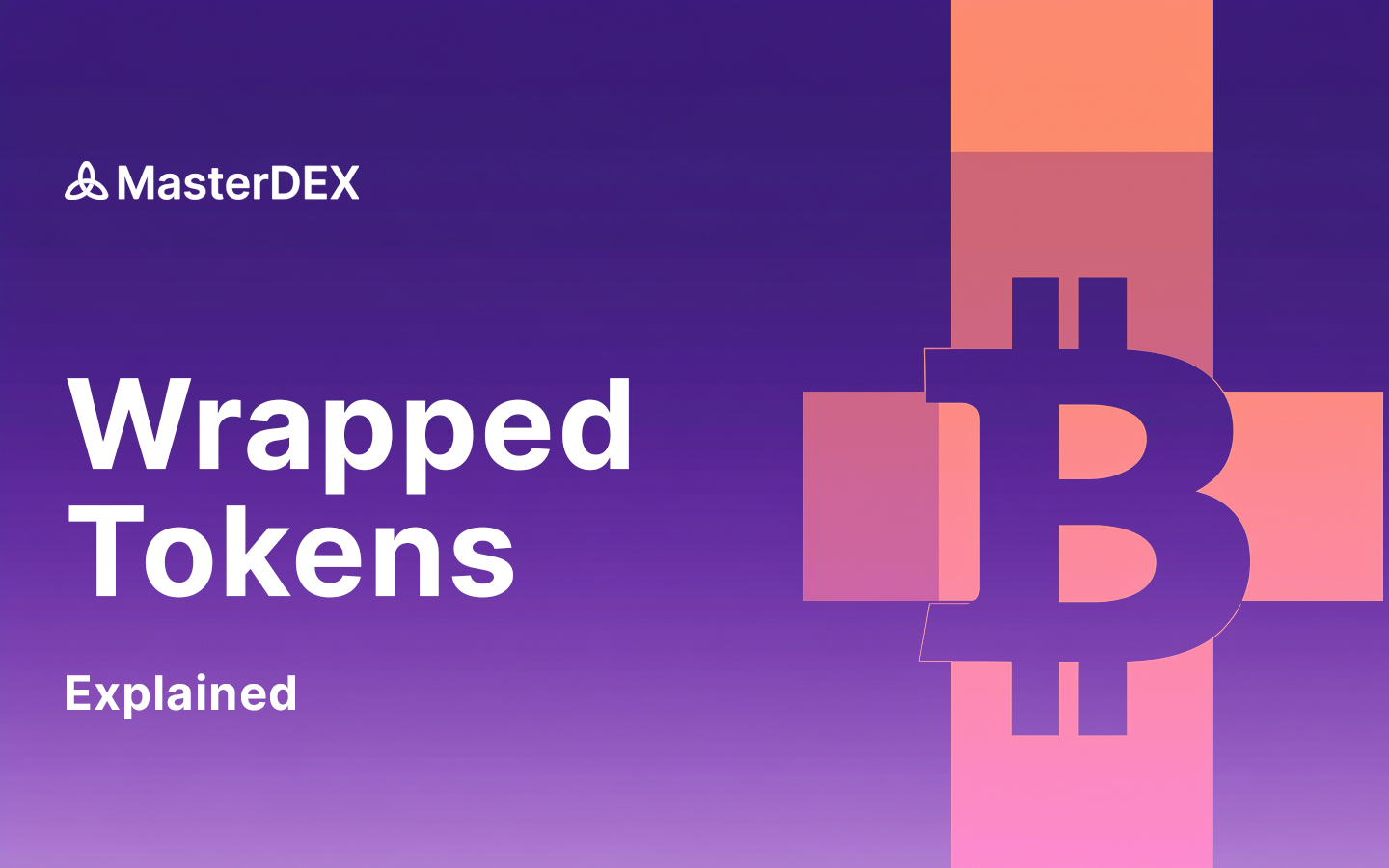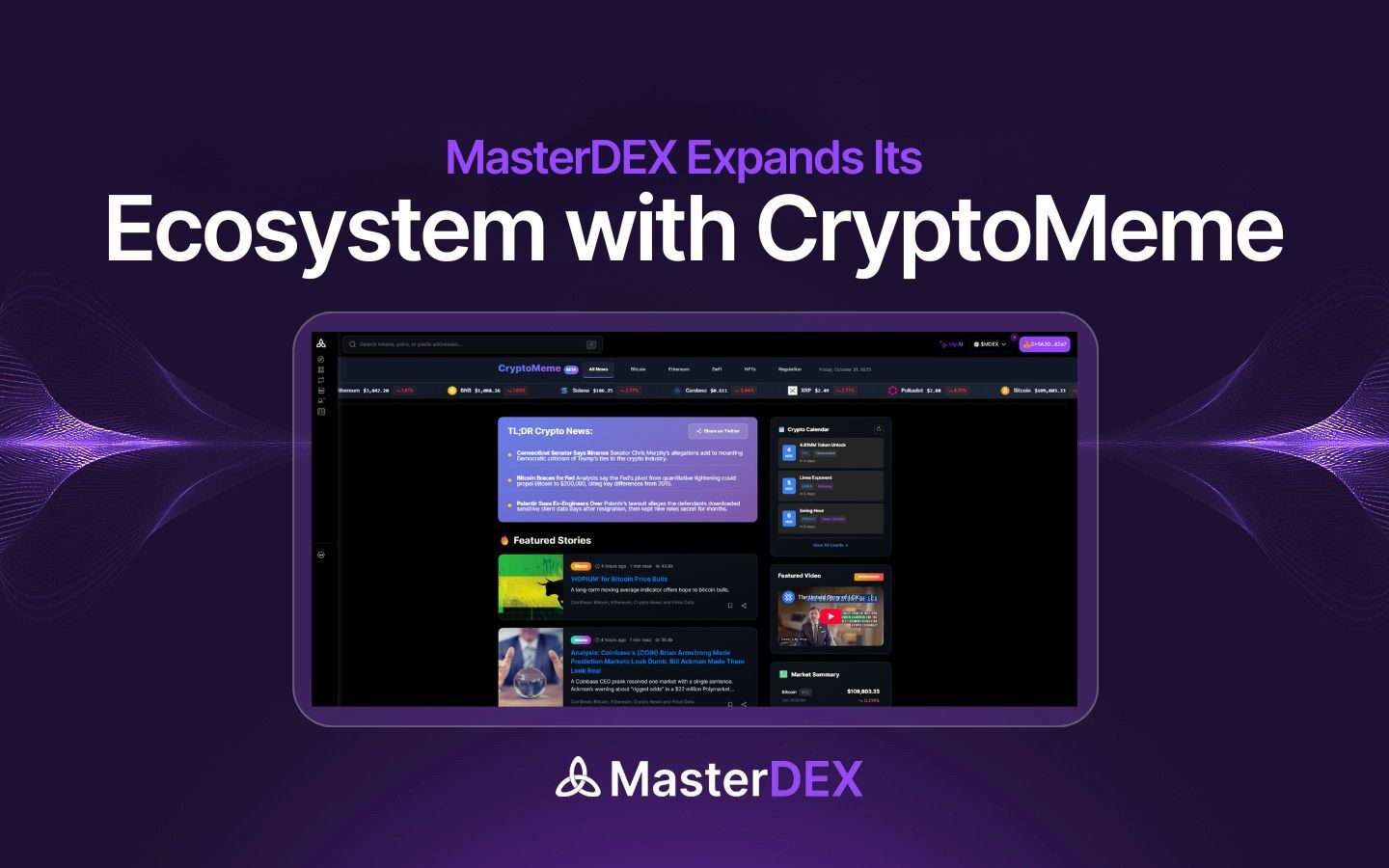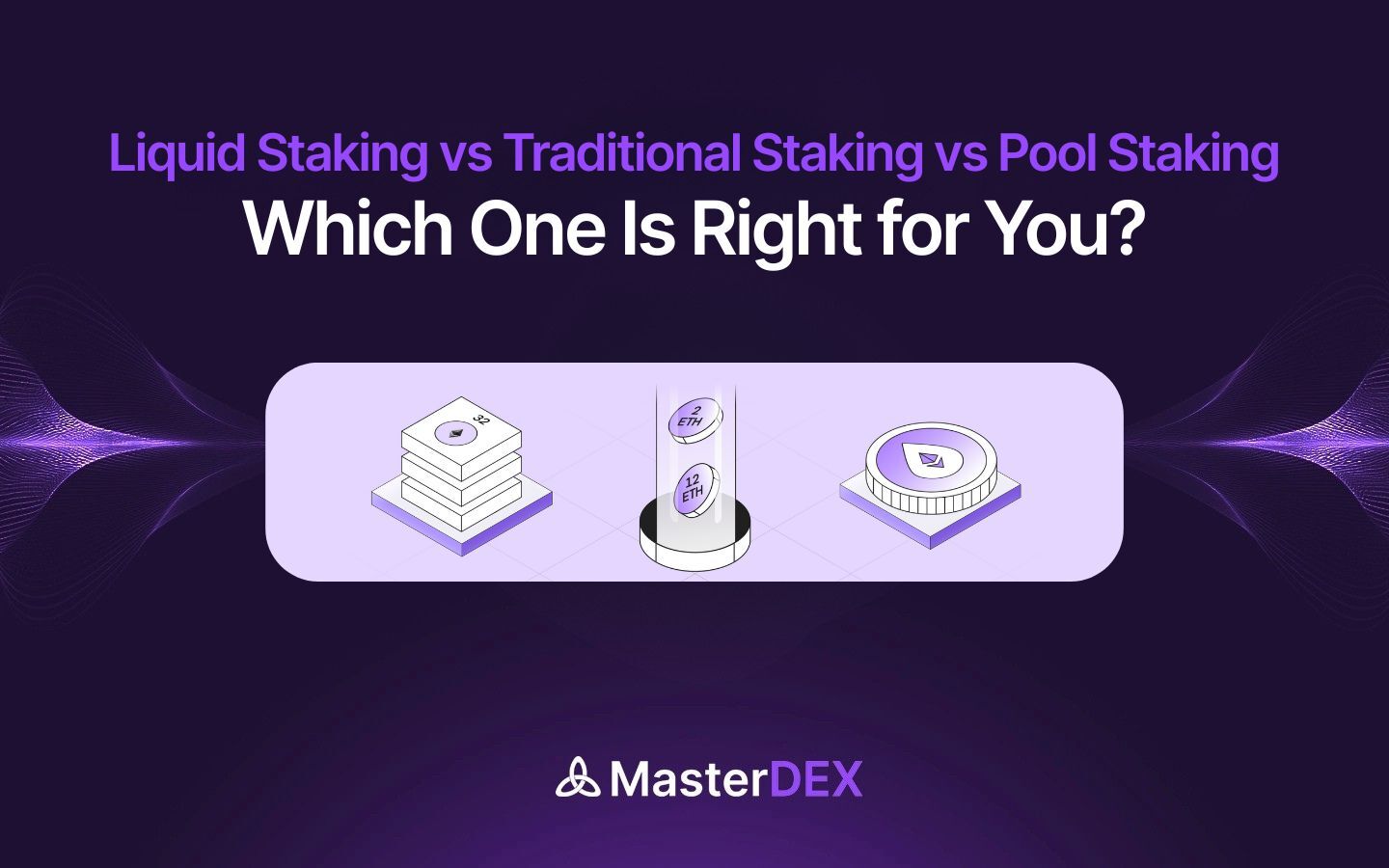The blockchain world is growing fast, but one big challenge still remains: most blockchains operate as isolated ecosystems, limiting how digital assets interact across networks. Enter wrapped tokens – an innovation that helps break down these silos. Wrapped tokens are crucial for enabling assets like Bitcoin to be used on networks like Ethereum, expanding their utility and driving growth in decentralized finance (DeFi).
In this guide, we’ll dive deep into wrapped tokens: what they are, why they matter, how they work, and where they fall short. Ready to bridge the gap between blockchains? Let’s dive in!
Table of Contents:
ToggleWhat Are Wrapped Tokens?
Wrapped tokens are blockchain assets that mirror the value of another cryptocurrency but live on a different blockchain. They solve one of crypto’s most pressing challenges: interoperability.
For instance, Bitcoin (BTC) operates solely on its own blockchain. But with Wrapped Bitcoin (WBTC), BTC holders can now use their Bitcoin within the Ethereum network, accessing Ethereum-based dApps, decentralized exchanges, and DeFi services. WBTC is pegged 1:1 with Bitcoin, and is backed by actual BTC held by a custodian.
Wrapped tokens unlock new possibilities by enabling native blockchain assets to be used across different ecosystems. This is vital in a landscape where blockchains like Bitcoin, Ethereum, and others don’t inherently communicate with one another. By “wrapping” an asset, you essentially make it compatible with another blockchain.
Looking for a popular DEX to trade crypto? MasterDEX can be your one-stop solution!
Native Tokens vs. Wrapped Tokens: Know the Difference
In the crypto universe, two key terms often pop up: native tokens and wrapped tokens. While both are essential to blockchain ecosystems, they serve different purposes.
Native tokens, like BTC on Bitcoin or ETH on Ethereum, operate exclusively on their respective blockchains. Wrapped tokens, however, are representations of these native assets on non-native blockchains. Understanding their differences is critical to unlocking DeFi opportunities and cross-chain integrations.
| Feature | Native Tokens | Wrapped Tokens |
| Blockchain | Operate directly on their original blockchain. | Exist on a blockchain different from their original/native network. |
| Example | BTC on Bitcoin, ETH on Ethereum. | WBTC on Ethereum (a tokenized version of BTC). |
| Use Case | Used for payments, transaction fees, staking, and governance on their native chain. | Used in DeFi, DEXs, and applications across non-native chains. |
| Custody | Direct control and ownership on the native blockchain. | A custodian locks the native asset and issues the wrapped version on another chain. |
Why Do We Need Wrapped Tokens?
Without wrapped tokens, liquidity and interoperability across blockchains would be severely limited. Here’s why they are indispensable:
- Cross-Chain Compatibility: Native assets like BTC cannot natively interact with Ethereum smart contracts or dApps. Wrapping enables them to function across multiple chains.
- Liquidity Expansion: Assets like wrapped Bitcoin help boost liquidity in non-native ecosystems, fueling decentralized exchanges and DeFi protocols.
- Access to DeFi & Yield Farming: Wrapped tokens unlock new earning opportunities, allowing users to lend, stake, or provide liquidity on platforms outside their native blockchain.
- Institutional & Retail Flexibility: Both individual users and institutions benefit by diversifying asset utility across different ecosystems while retaining exposure to familiar cryptocurrencies like BTC or ETH.
How Do Wrapped Tokens Work?
1. Minting (Creation Process)
A user deposits a native token (e.g., BTC) with a trusted custodian. This custodian – either a centralized entity, decentralized protocol, or smart contract – holds the asset in reserve. In exchange, the user receives an equivalent amount of the wrapped token (e.g., WBTC) on the target blockchain (e.g., Ethereum). Each wrapped token is backed 1:1 with its native counterpart.
2. Custodian’s Responsibility
Custodians safeguard the native asset and ensure that for every wrapped token issued, there’s an actual native token securely stored. This guarantees price parity and the ability to redeem the asset at any time.
3. Burning (Redemption Process)
When a user wants to revert back to the native token, they return the wrapped token to the custodian. The custodian “burns” (destroys) the wrapped token and releases the original native asset back to the user.
Wrapped Bitcoin (WBTC): Bringing Bitcoin to Ethereum
Introduced in January 2019, Wrapped Bitcoin (WBTC) was developed to merge Bitcoin’s liquidity with Ethereum’s growing ecosystem by providing a Bitcoin-backed ERC-20 token. Since Bitcoin itself cannot directly interact with Ethereum’s DeFi platforms, WBTC emerged as a solution, making Bitcoin compatible with Ethereum-based dApps and protocols.
Unlike native BTC, WBTC can seamlessly engage with Ethereum’s decentralized finance (DeFi) applications, decentralized exchanges (DEXs), and lending protocols. Although WBTC maintains a 1:1 value ratio with Bitcoin, its main advantage lies in its expanded utility, enabling Bitcoin to be utilized in new environments beyond its original blockchain.
With WBTC, Bitcoin holders can participate in decentralized lending platforms by connecting their wallets to Ethereum-based protocols, allowing them to lend their assets and earn fixed interest rates annually. Borrowers, in turn, secure loans using crypto as collateral. If borrowers default, the collateral automatically transfers to the lender. This method allows lenders to potentially earn yields, even during bearish market conditions.
Now comes the question- Why was WBTC created?
Well, the explosive growth of DeFi platforms fueled the demand for a Bitcoin derivative that could function within Ethereum’s smart contract ecosystem. DeFi protocols needed access to BTC liquidity, but since Bitcoin’s blockchain does not support smart contracts, converting BTC into an ERC-20 compatible asset like WBTC became essential.
Today, WBTC has become a core component of Ethereum-based DeFi protocols, enabling BTC liquidity to flow into lending, derivatives, options, and other financial applications built on Ethereum.
Additionally, several alternative wrapped Bitcoin tokens, such as renBTC, tBTC, wanBTC, and sBTC, also operate as ERC-20 tokens, each using different mechanisms to provide BTC interoperability on Ethereum.
How Does WBTC Function?
The WBTC system operates through three core participants:
- The DAO (Decentralized Autonomous Organization): A governing body consisting of 17 members from the DeFi space who collectively manage key protocol decisions, such as approving or removing merchants and custodians via a multi-signature (multi-sig) process.
- Merchants: These entities handle user transactions and initiate the minting process. They deposit BTC with custodians and request the creation of the equivalent WBTC tokens based on user demand.
- Custodians: Acting as secure vaults, custodians safeguard the deposited BTC and mint an equal amount of WBTC on the Ethereum network. Each WBTC token is backed 1:1 by BTC held in custody, and this reserve is transparently verifiable through on-chain proof of reserves.
Here’s how the flow works: a merchant sends BTC to a custodian’s Bitcoin address, locking it securely. Once confirmed, the custodian issues an equivalent amount of WBTC on Ethereum. When users wish to redeem BTC, the reverse occurs — the WBTC is burned on Ethereum, and the locked BTC is released back to the user on the Bitcoin blockchain. All minting and burning events are recorded and can be audited publicly on-chain.
The Limitations of Wrapped Tokens
While wrapped tokens bring interoperability and liquidity benefits, they aren’t without challenges:
- Centralization Risk: Many wrapped tokens depend on centralized custodians, creating a single point of failure.
- Liquidity Concerns: Some wrapped assets might face limited liquidity, making them harder to trade.
- Complexity: The wrapping/unwrapping process can be confusing for beginners, requiring familiarity with multiple blockchain environments.
- Fees: Wrapping and unwrapping tokens often come with network and custodian fees that may impact profitability.
- Smart Contract Vulnerabilities: Bugs or exploits in the smart contracts used to manage wrapped tokens could lead to major financial risks.
MasterDEX: Empowering Wrapped Token Trading
Platforms like MasterDEX play a crucial role in simplifying the use of wrapped tokens across blockchain ecosystems. As a next-generation decentralized exchange, MasterDEX enables users to seamlessly trade and swap a wide variety of wrapped tokens, removing the friction often associated with cross-chain asset transfers. Whether you’re looking to swap WBTC, renBTC, or other wrapped assets, MasterDEX offers an intuitive interface and deep liquidity pools that empower traders to move between assets quickly and efficiently. By providing access to multiple wrapped token pairs and facilitating cross-chain interoperability, MasterDEX helps users unlock the full potential of decentralized finance, allowing them to navigate multiple blockchain networks effortlessly—all from a single platform.
Conclusion: A Step Toward a More Connected Blockchain Future
Wrapped tokens are a powerful tool for enhancing cross-chain interoperability and expanding asset utility in decentralized finance. By bridging native assets like Bitcoin to non-native networks like Ethereum, they open the door to wider adoption and innovative financial products. However, like any tool in crypto, they come with inherent risks and require due diligence. As blockchain ecosystems evolve, wrapped tokens will continue to play a key role in connecting fragmented networks and unlocking the true potential of a decentralized world.




